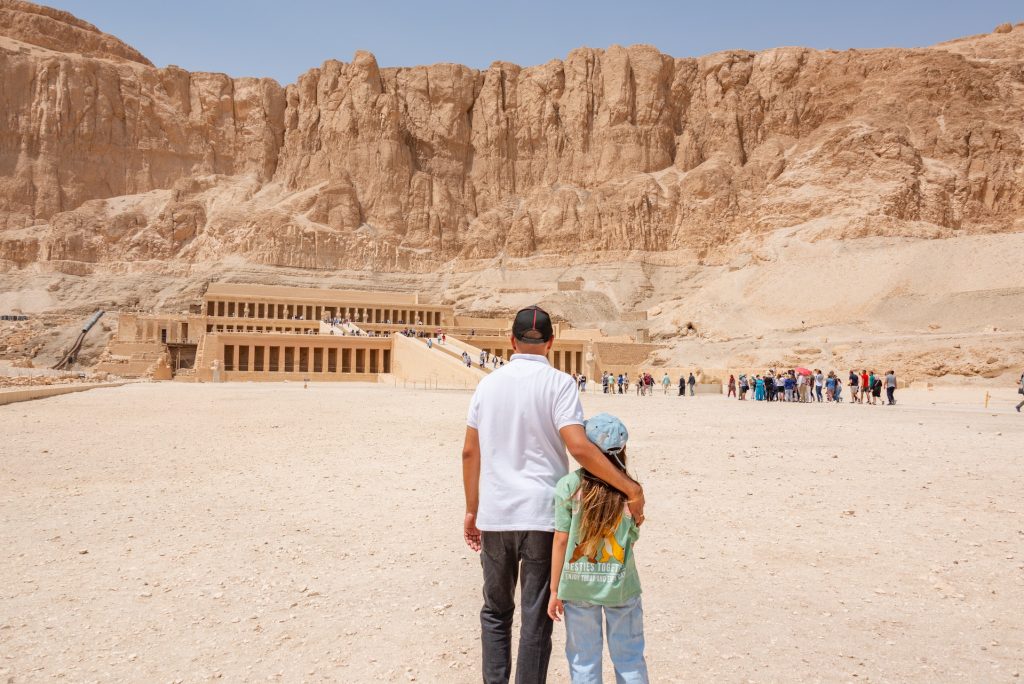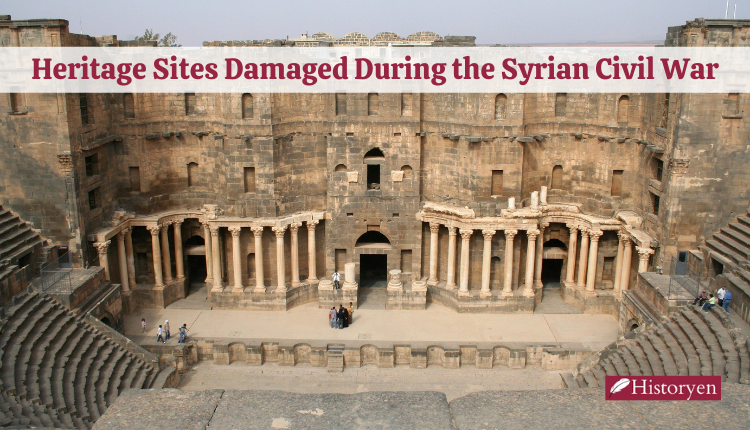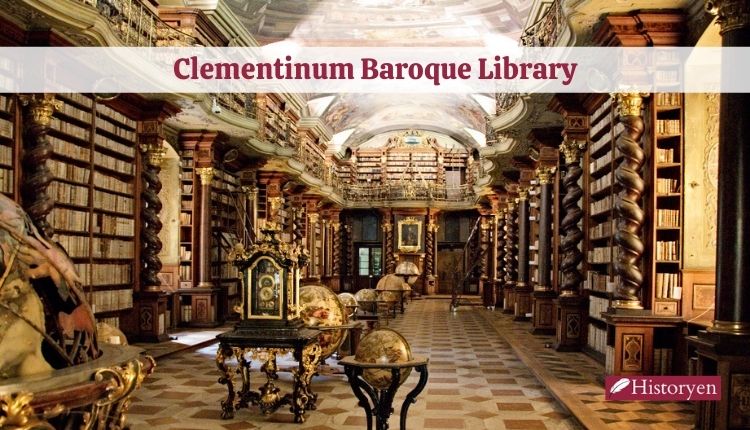The Mortuary Temple of Hatshepsut is one of the most impressive monuments of ancient Egyptian architecture. It was built in the 15th century BC during the reign of the female pharaoh Hatshepsut, and is located in Deir el-Bahri, near the Valley of the Kings in Luxor. The temple is a masterpiece of design and engineering, and is considered one of the finest examples of classical architecture in the world. In this article, we will explore the history, design, and significance of the temple.
History of the Mortuary Temple of Hatshepsut
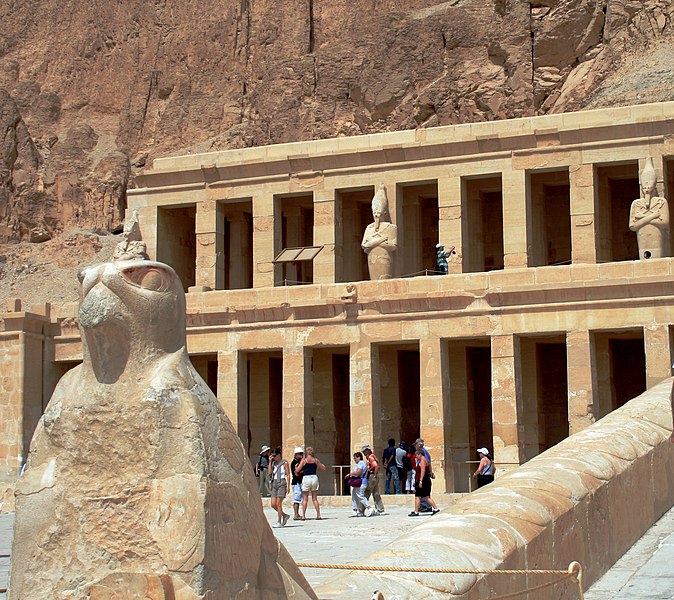
The Mortuary Temple of Hatshepsut was built as a funerary temple for the pharaoh Hatshepsut, who ruled Egypt from 1478 to 1458 BC. The temple was designed by Senenmut, a high-ranking official in Hatshepsut’s court who was also her architect and advisor. The temple was built on a series of terraces, with the main entrance facing east towards the Nile river. The construction of the temple took about 15 years to complete, and was considered a remarkable achievement of ancient engineering.
Design of the Mortuary Temple of Hatshepsut
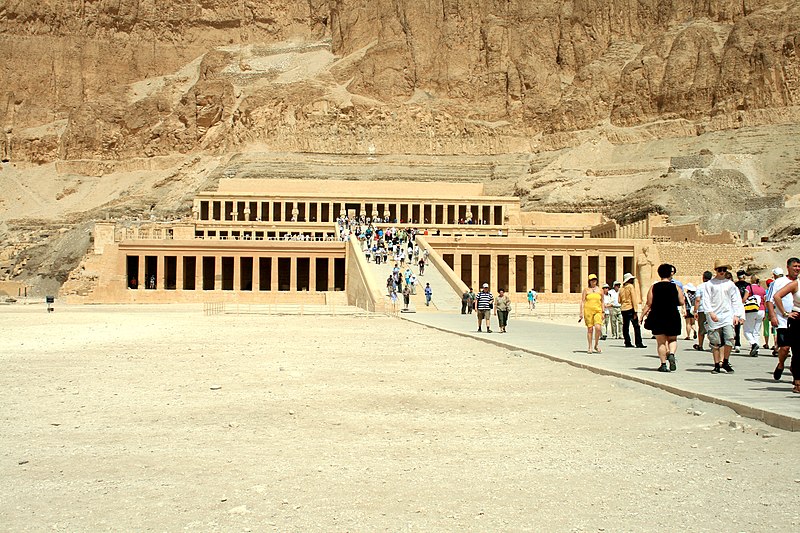
The temple is a perfect example of classical Egyptian architecture. The temple is built on three levels, with a central ramp that leads to the main entrance. The temple is made of limestone, and features numerous columns and sculptures. The temple’s design reflects Hatshepsut’s ambition to be remembered as a great pharaoh, and her desire to create a lasting legacy for herself.
The temple’s most striking feature is the colonnaded terrace, which is made up of a series of columns with papyrus-bud capitals. The columns support the roof of the terrace, which is decorated with scenes from Hatshepsut’s life and reign. The terrace is connected to the second level of the temple by a series of ramps and stairways.
The second level of the temple features a courtyard, surrounded by a colonnade of square pillars. The courtyard is decorated with scenes from Hatshepsut’s expeditions to the Land of Punt, a region located on the eastern coast of Africa. The courtyard leads to a series of chambers and rooms, which were used for various religious ceremonies and rituals.
The third level of the temple is the most sacred area of the temple, and is only accessible to the priests and high-ranking officials. The third level features a sanctuary, which was dedicated to the god Amun. The sanctuary is decorated with scenes from Hatshepsut’s coronation and the Osirian myth, which tells the story of the god Osiris and his wife Isis.
Who was Hatshepsut?
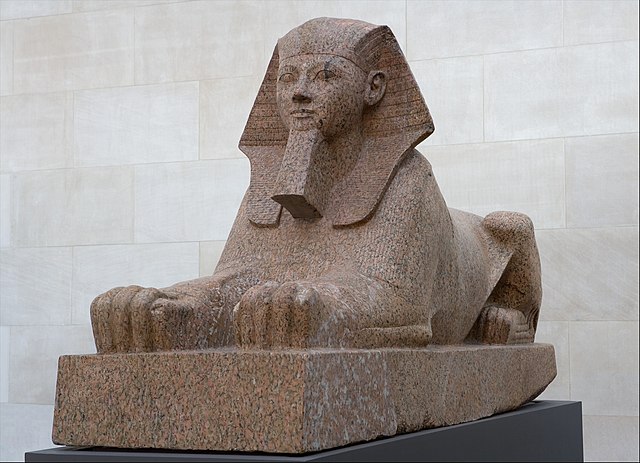
Hatshepsut was a female pharaoh who ruled ancient Egypt in the 15th century BC. She is considered one of the most successful pharaohs in Egyptian history, known for her military conquests, building projects, and trade expeditions. Hatshepsut was the daughter of King Thutmose I and his primary wife, and she married her half-brother, Thutmose II, who inherited the throne after their father’s death. After Thutmose II died, Hatshepsut became regent for her young stepson, Thutmose III, but eventually took the throne for herself and ruled as pharaoh for over 20 years. Hatshepsut was known for her ambitious building projects, including the construction of the temple and the famous Obelisks at Karnak, and for her successful trade expeditions to Punt, a land in East Africa that was rich in valuable resources such as incense, ebony, and gold. Despite her many accomplishments, Hatshepsut’s legacy was largely erased from history after her death, and it was not until the 19th century that her achievements were fully recognized and appreciated by modern scholars.
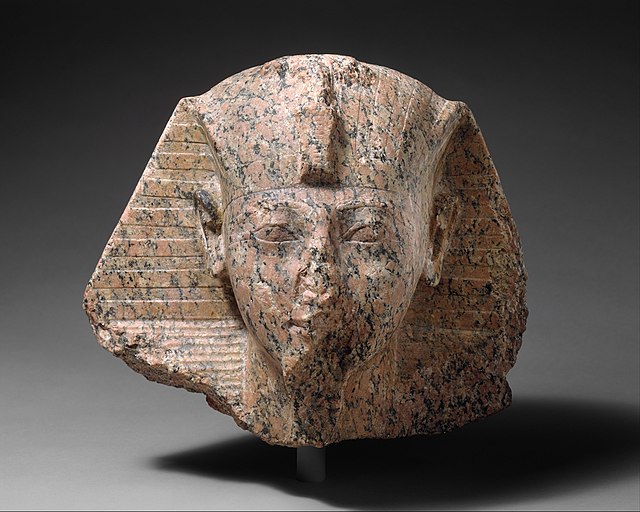
Significance of the Mortuary Temple of Hatshepsut
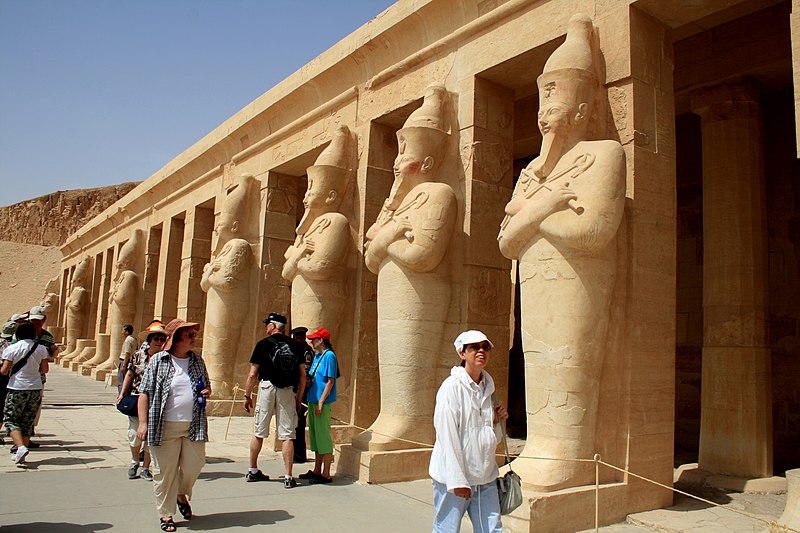
The temple is significant for several reasons. Firstly, it is an outstanding example of classical Egyptian architecture, and reflects the artistic and engineering achievements of ancient Egypt. Secondly, the temple represents the political and religious power of Hatshepsut, who was one of the most successful pharaohs of ancient Egypt. The temple also reflects Hatshepsut’s desire to be remembered as a great pharaoh, and to create a lasting legacy for herself.
FAQs
The temple was built by the female pharaoh Hatshepsut, with the help of her architect and advisor, Senenmut.
The temple was built in the 15th century BC, during the reign of Hatshepsut.
The temple is located in Deir el-Bahri, near the Valley of the Kings in Luxor, Egypt.
The temple is significant for its unique design and decoration, as well as its representation of the power and ambition of Hatshepsut.
Yes, the temple is open to visitors, and is a popular destination for tourists visiting Egypt.
